Category Archives for "Creativity"
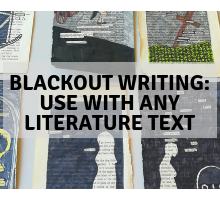
If you teach English or ELA, then you have probably heard of blackout poetry and blackout art. You might have even used this activity with your classes. Here is my take on blackout art -with a twist! You can use it with any literature text you are studying.
I wanted to find something new to do with those book-page scraps knocking about my classroom. So I decided to adjust the blackout poetry concept to fit studying literature. This activity is designed to be used after having read a little way into the novel or play because students will need to have a few things to say about the events, characters, or ideas.

If you are looking for other fun and engaging activities to use in your ELA classroom, why not check out these blog posts:
Also, each week I send an email out to my teacher-friends, in this message, I include one classroom activity (like the perfect review game) and one literature activity (like this blackout writing activity). They are always fun, engaging, and designed to create brilliant learning moments for your students. If you would like to receive this weekly email (I send it on a Sunday morning – ready to help stave off those Sunday scaries), then all you need to do is fill out the email sign up below!
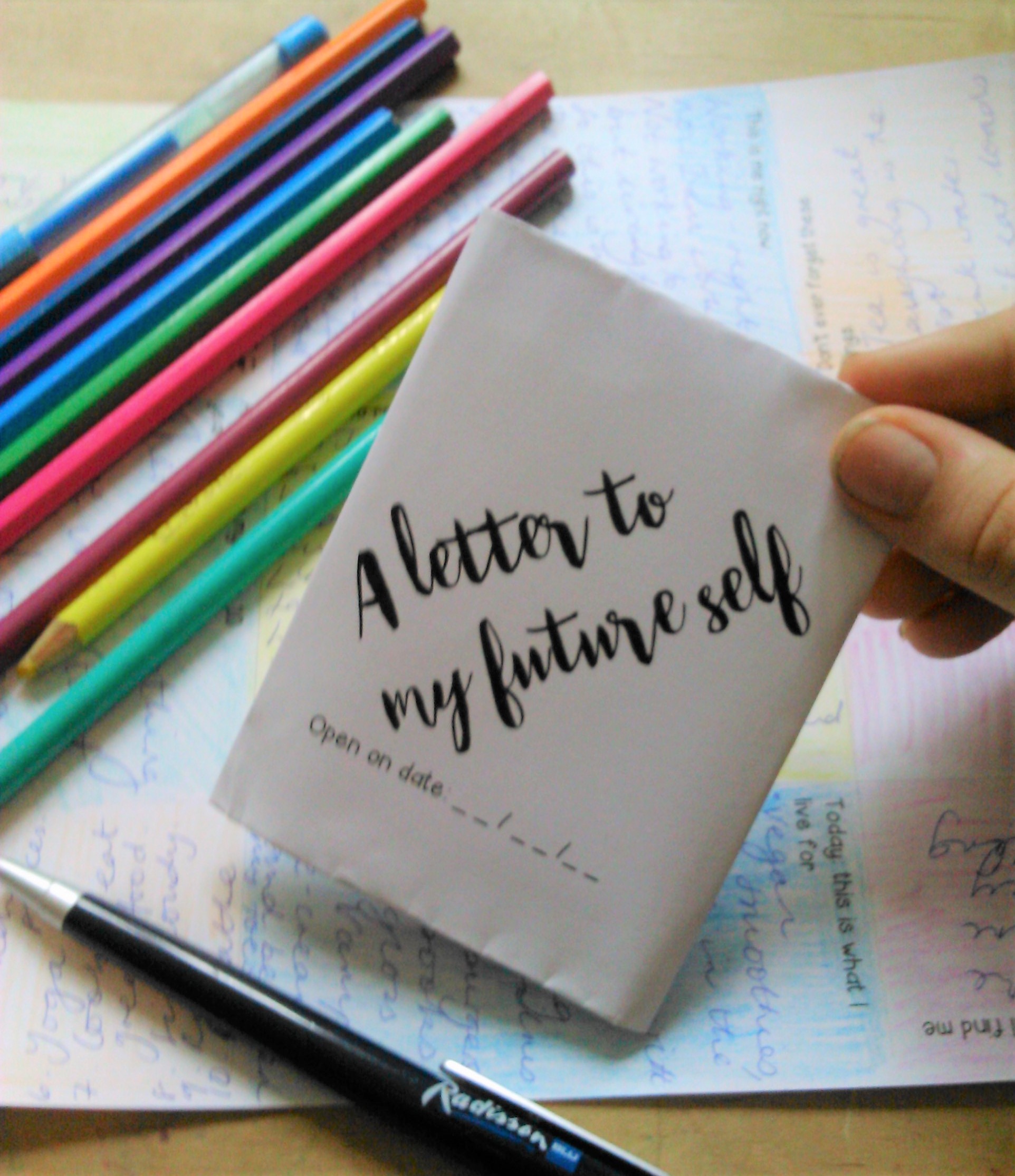
Sign up below to receive regular emails from me jammed packed with ELA teaching tips, tricks and free resources. Also access my free resource library!
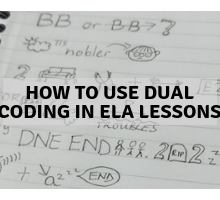
This activity is great to use with any class and almost any topic area. It makes sense, doesn’t it? To mix words and visuals to aid memory. Our students now need to memorize and to retrieve information for testing than ever before. Dual coding is one way to help students remember.
Dual coding is combining 2 ways that the mind remembers things – most commonly in the classroom – this is words and visuals.
Here you can see the beginning of Hamlet’s famous soliloquy “to be or not to be”. The challenge for students was to come up with as many visuals to replace the words in the speech as possible. They could be as creative as they liked – as long as they could read the whole speech based on what they produced. You can see the word “whether” is replaced by the sun and cloud and the word “suffer” is replaced by a sofa! The aural closeness of these words is the memory trigger.
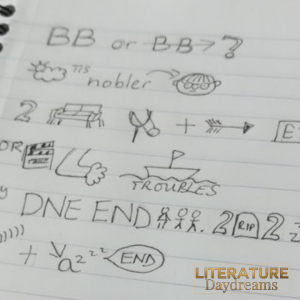
This activity isn’t a quick crafty task or something for a Friday afternoon. It took my students a good hour to think through each word in the speech and then work out how to visualize it. This close attention to the text is just another memorization technique. The very work of recreating it, helps us remember it.
I first did this activity with a group of students 5 years ago. They are now in their final year of education and English hasn’t been compulsory for the last 2 years. But when I see these kids around the school – they still love to show off for me how much of this soliloquy they can remember. So they have been through 4 full school years since they learnt this speech and they can still remember it. Dual coding works!
I teach symbols and literary devices when I am covering creative writing – we use them as marking codes as well. Then we also use the same codes for our literature units. Then we layer them up as we read through the text. Does that make sense?
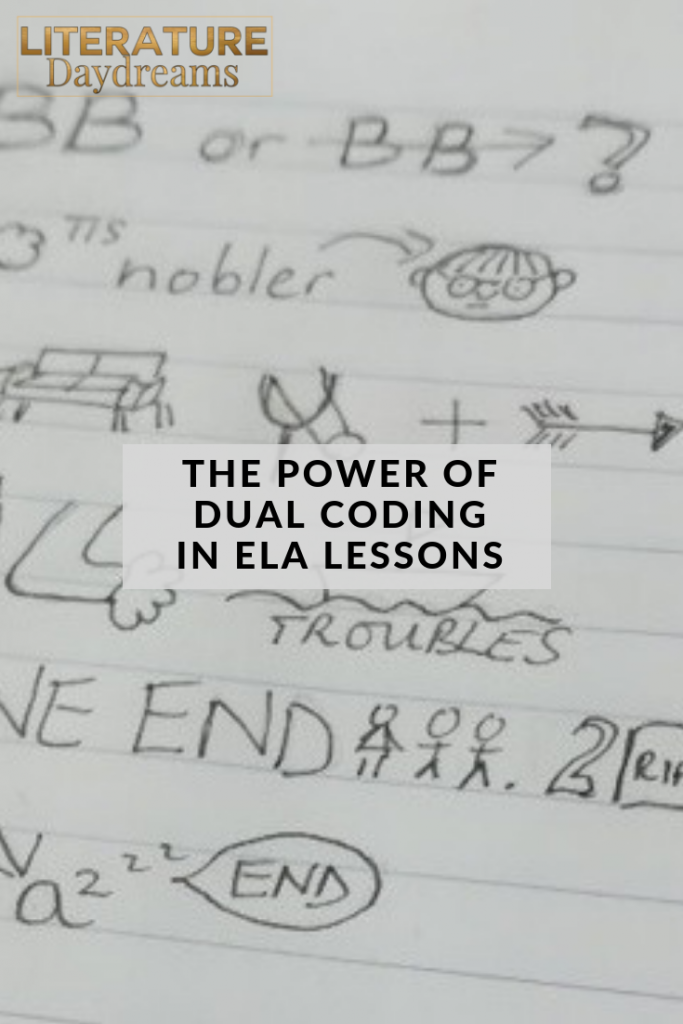
If you are looking for other fun and engaging activities to use in your ELA classroom, why not check out these blog posts:
Also, each week I send an email out to my teacher-friends, in this message, I include one classroom activity (like the perfect review game) and one literature activity (like this blackout writing activity). They are always fun, engaging, and designed to create brilliant learning moments for your students. If you would like to receive this weekly email (I send it on a Sunday morning – ready to help stave off those Sunday scaries), then all you need to do is fill out the email sign up below!

Sign up below to receive regular emails from me jammed packed with ELA teaching tips, tricks and free resources. Also access my free resource library!

It is an absolute pleasure that I have joined a group of a-m-a-z-i-n-g secondary bloggers to bring you the 12 Days of December Blog Hop and Giveaway! So grab a cuppa, snuggle up, and enjoy. Click here to find out more about the 12 Days of December Blog Hop.
So – here’s my seasonal serving of Christmas cheer!

Christmas is a timing of giving, right?! But it doesn’t have to be about spending money, sometimes a hand-made-with-love gift is worth more than anything store bought. So in my classroom (with my pretty cynical London teens) we make and give cards to teachers, support staff, dinner ladies, traffic wardens – in fact any adult in our school.
These FREE card templates are super cool, slick, and modern design. If your teens aren’t interested in Christmas cottages or cuddly Santas, then these FREE card templates are just for you and your students. There are 10 designs to download and print yourself >>>here<<<. Just print, give to your students, color and spread some Christmas joy!
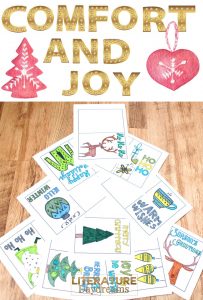 We color them for teachers in other subject areas to say thank you. We color them for support staff and dinner ladies, who are always there with a smile and a joke. We color them for our friends to remind them we care. We color them for family because nothing’s better than a homemade gift – right?! And finally we color them for the residents in our local area, we drop them through their letterboxes to wish them the best of year.
We color them for teachers in other subject areas to say thank you. We color them for support staff and dinner ladies, who are always there with a smile and a joke. We color them for our friends to remind them we care. We color them for family because nothing’s better than a homemade gift – right?! And finally we color them for the residents in our local area, we drop them through their letterboxes to wish them the best of year.
This year, for the first time we will color them for the elderly residents of a local care home. Many are alone, many will have no visitors at all over Christmas. This year, we hope to bring them joy.
If you love the idea of creating Christmas Cards with your students, then check out this hilarious Christmas Card poem writing lesson. Teach your class anaphora, anadiplosis, epistrophe, and other rhetorical devices to create some classic festive card poetry.
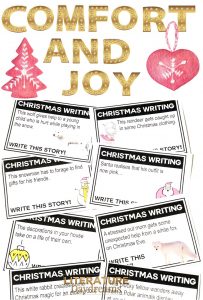 Christmas is a fantastic time of year for creative writing activities. Here are a few of my favorites!
Christmas is a fantastic time of year for creative writing activities. Here are a few of my favorites!
The UK department store, John Lewis, is famous in England for having wonderful, cosy, uplifting, heart-warming, and generally all-round wow Christmas TV advertisements.
These adverts make wonderful writing prompts. Just show the advert to your classes and give them the writing prompts below! Here are my favorites:
https://www.youtube.com/watch?time_continue=50&v=M0zZScVSMEwWriting prompt: describe someone struggling to wrap an awkward present.
Make sure you watch this one to the very end! Writing prompt: describe that ‘bed-time on Christmas Eve’ excitement.
https://www.youtube.com/watch?v=iccscUFY860
Writing Prompt: Write a narrative where a wild animal brings unexpected joy at Christmas!
If you enjoy these writing prompts, then you might also like my Christmas Fun Writing Prompt Bundle.
If you are looking for something a little different for your Literature classroom this Christmas then perhaps you could host an Elizabethan Christmas. If you teach Shakespeare at this time of year, then this question might have popped into your brain!
Well, in short – I would say – an Elizabethan Christmas was chaotic fun, social, and full of beauty. An easy way to introduce your students to this would be to pose the question: “what did everyone eat for Christmas dinner in 1588?” Let them guess. The answer is not surprising and surprising all at once. Goose. Goose wasn’t the usual meal for everyone at Christmas time in those days. But in the year 1588, by Royal decree, everyone in England was to eat goose. Why, I hear you ask? Because a goose was the first animal that Queen Elizabeth I saw after hearing that the Navy had defeated the invading Spanish Armada! (Thankfully it was a cat or a horse!)
This host an Elizabethan Christmas set contains hours and hours of fun. The centerpiece – or showstopper – is group work activity where each group brings a gift to your Christmas celebration. They research, and then make an object to represent six elements of Christmas for the Elizabethans. The Christmas Candle, the Yule Log, the Dawn Mass, the Feast and more.
Your students will work together, learn a great deal about an Elizabethan Christmas, they will have fun, and build community in your classroom. What better way to bring comfort and joy this Christmastide!
Don’t forget to find to check out what treats my secondary seller friends have in store for your this season. Click here to find all the details. A-n-d don’t forget to enter our Giveaway for a chance to win some amazing prizes!

*I send emails with teaching tips, tricks, and free resources to my subscribers regularly. I value your privacy and you can learn more about how I handle your data in our private policy. You can unsubscribe at any time.

Engage and inspire your students this festive season by hosting an Elizabethan Christmas in your classroom. Don’t worry – no cooking required!
Interesting isn’t it?
Every time I teach a Shakespeare play – I find myself wondering “would they have done this in Elizabethan times?” My questions usually run to “did they play football?” (the answer is yes, it was called Gameball and was more violent than you can imagine) or “did they have oranges then?”(the answer is yes again, although only the very rich would have been able to afford them, they also had melons and pomegranates).
Last year in the run up to Christmas, I happened to be teaching a number of Shakespeare plays. By sheer luck my brain was stuffed full of the Elizabethans and so it wasn’t a surprise then when this question wormed its way in: “what was an Elizabethan Christmas like?”
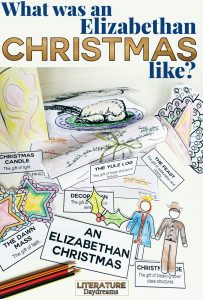
If I had to sum up an Elizabethan Christmas in 3 words, I would choose: fun, collegial, symbolic.
Fun meant food and games and frivolity. The festive season for the Elizabethan was the moment in the year where the hard work of life ceased and every man, woman, and child celebrated the festival of mid-winter.
Collegial and shared celebrations were the norm for all. At this point of the year the rigidity of social class structures dissolved. Noble man and peasant would stand side by side to share in Christmas cheer.
Symbolism and ritual were also the hallmark of this season. The Christmas Candle, the Yule log, Wassailing, and the 7 course banquet all played a role in making Christmas truly spectacular period for the Elizabethans.
So how can you bring some Elizabethan fun into your classroom?
Read Thomas Tusser’s poem “Christmas Cheer” as an introduction to Elizabethan Christmas festivities and perhaps even study some Elizabethan Christmas Carols in your lessons.
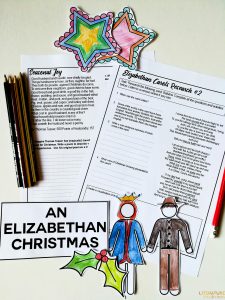 My “Host an Elizabethan Christmas” set includes Tusser’s poem along with other authentic texts describing an Elizabethan Christmas. It also includes 4 Elizabethan carols for your students to read, understand, and explain.
My “Host an Elizabethan Christmas” set includes Tusser’s poem along with other authentic texts describing an Elizabethan Christmas. It also includes 4 Elizabethan carols for your students to read, understand, and explain.
Create a beautiful Christmas community in your classroom with this fun and informative group work task. Here’s how it works:
In groups, students learn about the different elements of an Elizabethan Christmas (for example Christmas decorations, or the Yule Log). They then have 2 creative tasks to share with the class:
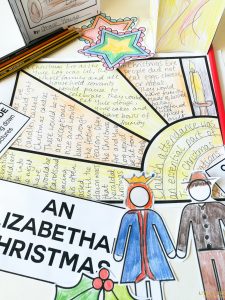
Everything you need to set up this group work activity is included in my Elizabethan Christmas pack. It is almost as easy as print and go (you just need scissors, glue, colors and you are done!)
Once the groups have made their gifts, they can give a presentation covering what they have learned and this foldable mini-book is a great place for students to record their new knowledge.
This set also includes:
This fun and engaging set contains 3 days+ of activities and will bring some hilarity, joy, and a lot Christmas history into your classroom. Click here to go straight to this set.
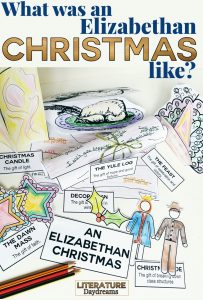

Do your students just l-o-v-e writing spooky stories? My students cannot get enough of creative writing around this time of year. But if I’m honest, real talk here, some of their story ideas can be a little bit immature, a little bit samey. Sometimes I feel like they are doing their own versions of some of ‘those’ films. Does this happen in your classroom?
Today, I am going to let you in on my strategy for pushing students towards originality in their own writing. *Yes! Happy Dance!* The strategy: don’t use story prompts; use story starters.
A story prompt sets up a premise for a narrative. Generally a prompt sets up who the main character is and what the setting is, it might also prompt the key event. It would read something like “a student is walking home late at night, they become afraid”. You can see how 30+ really different students, might come up with 30+ really similar ideas with this prompt. You can imagine it now can’t you? The student hears noises, they look behind them and see nothing, they run, something / someone grabs them… it turns out to be a) an axe murderer, b) one of the parents, or c) a friend.
But a story starter. That’s different. A story starter provides the first line or couple of lines of a story. Something like “The phone rang. The door slammed.” You can see already that this story starter doesn’t provide the writer with any information, or least only a teeny bit. Enough to get the brain whirring. But not so much that it confines writers in the space of predictability.
This week I shared with my subscriber list “20 story starters” that are perfect for Halloween. Today I am going to share 10 with you right here!
Love them? Me too. I surely hope you can use them in your classroom. As part of your daily writing, or perhaps as part of your creative writing unit, or as a Halloween special.
If you think these writing prompts are JUST what you need, then this is for you. To save you time, to help claim back a tiny bit of ‘your life’ I have created 20 pages of Halloween story starters and 20 pages of writing instruction that is ready to print and go!
This ready-to-go resource contains 40 pages of Halloween writing activities. The story starters are totally fresh and new. No repeats. Each page is beautifully designed. In addition to these new story starters, each one comes with a page of planning, techniques and new vocabulary to help your students nail their spooky stories! This resource is available both as a >>>paper version<<< and as a >>>Google Drive digital edition<<<.

*I send emails with teaching tips, tricks, and free resources to my subscribers regularly. I value your privacy and you can learn more about how I handle your data in our private policy. You can unsubscribe at any time.

*I send emails with teaching tips, tricks, and free resources to my subscribers regularly. I value your privacy and you can learn more about how I handle your data in our private policy. You can unsubscribe at any time.
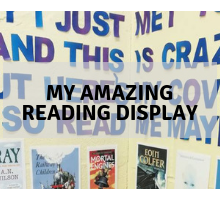
This gorgeous reading display is perhaps one of the best things I’ve added to my classroom in ages. And not just because I get to play Carly Ray Jepson songs in class… I cannot claim the idea is mine. But I do adore how it turned out! Here’s how I went about it and how you can swipe the download!
This week I updated the display in one pokey corner of my classroom. It’s one of those things that I had been meaning to do for a-g-e-s. But because the space was generally well hidden by the 5 tonnes of stuff I accumulated last year, it hadn’t been a high priority. Karma happens, though right? We had visitors in school and my classroom needed to be pristine. Or prestige, as my students would say!
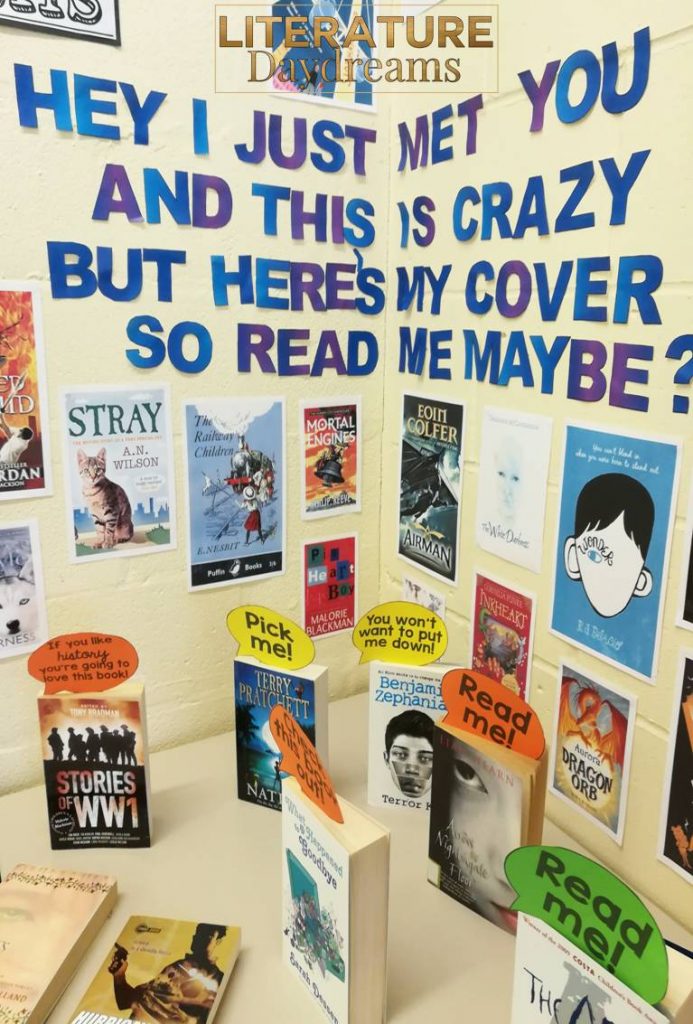
This cute rhyme is a play on Carly Ray Jepson’s song “Call Me Maybe”. All my students ‘got it‘ as soon as they saw the wall. They groaned and shook their heads, enjoying a moment of teenage indignation. I then asked them for their best book suggestions. So it’s their book recommendations, plus a few from my colleagues, that I placed around the rhyme! Read on to see how I made it and to swipe my files!
Before I get into the practical details – I wanted to give a shout out to the amazing Jessica Lawler from Joy in the Journey. Check out the ‘Read me!’ and ‘Pick me!’ labels in my books! Don’t you just l-u-r-v-e them!! They are also a sweet treat of free download, Jessica has them on her TpT store and you can download them for free >>here<<.
Ok, ok. I know what you want. Here is how you can get stuck into this in your classroom. It really is as simple as 1 – 2 – 3.
So all you need to do now is get the SWIPE file!

Love reading in your classroom with this fun reading display! Download your freebie now and click to receive regular ELA teaching tips, tricks, and ideas!
*I send emails with teaching tips, tricks, and free resources to my subscribers regularly. I value your privacy and you can learn more about how I handle your data in our private policy. You can unsubscribe at any time.
Pop Quiz! Which of these best fits you?
If you answered “me, me!” to any of these 4 statements, then today’s blog post is dedicated to you. Here are 3 engaging classroom activities that: give your students a chance to debate; challenge students to stretch classroom knowledge to become real world knowledge; and help them link history and literature with their lives!
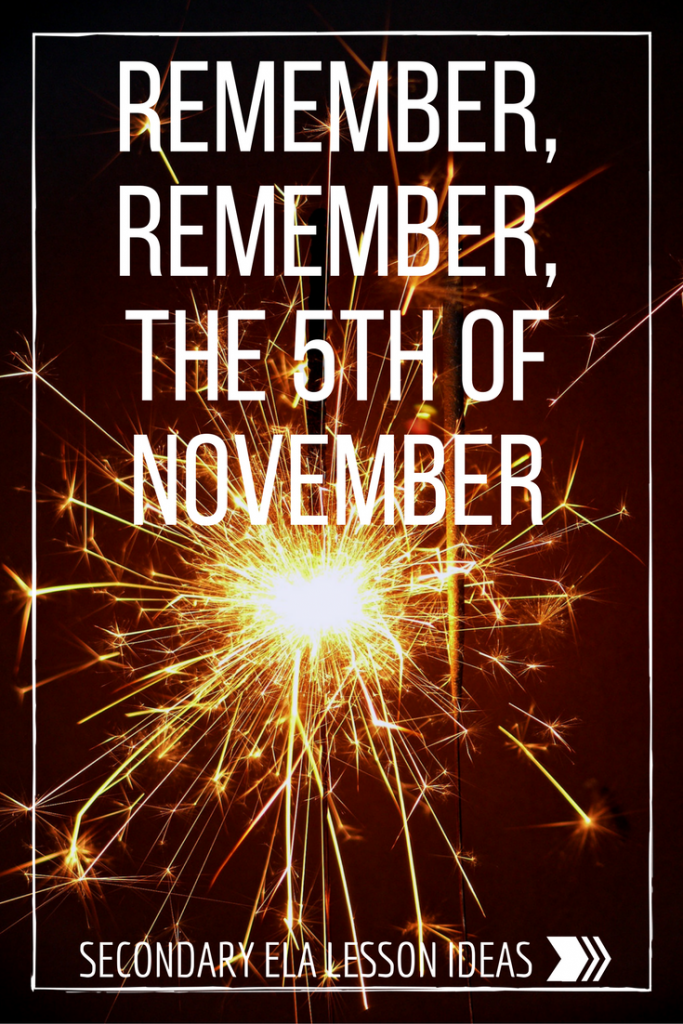
It’s easy to forget that Guy Fawkes wasn’t the instigator of the Gunpowder Plot, the man and the money behind it was Robert Catesby. A wealthy farmer and Catholic, Catesby persuaded many of his friends that James I was a weak king and could be easily removed from power.
Guy Fawkes, however, was also not the bumbling fool often portrayed in cartoons. He fought in the Spanish wars against the Dutch Republic and was an experienced soldier.
If you and your students are interested in finding out more about Guy Fawkes and the Gunpowder plot – then check out my Guy Fawkes Hero or Villain resource on TpT.
After you have researched Guy Fawkes in detail, use these debate prompts (a sneak peek from above resource) to spark some deep discussion in your classroom.
**Now a big disclaimer is needed here: V for Vendetta is rated a 15 here in the UK. The whole film is not suitable for classroom use.**
How do I use the film in my lessons to help discuss Guy Fawkes then?
Introduce the story: V for Vendetta (1998) is a graphic novel by Alan Moore. The story is set in a dystopian future where the United Kingdom is ruled over by a neo-facist regime. One night, 5th November, a freedom fighter attempts a revolution. He takes over the national media and makes a speech encouraging all citizens to join him the following year (on 5th November) again to start a rebellion.
Watch the clip:
https://www.youtube.com/watch?v=KKvvOFIHs4k
Read the speech and discuss persuasion:
I have attached a file with V’s revolutionary speech here. We discuss rhetoric and persuasion here and compare it to other political speeches. Then we discuss V’s use of 5th November as a sign of positive revolution.
I pose the questions:
In his dystopian novel, 1984, Orwell writes, “who controls the past, control the future” – we discuss this and the truth of it in our world today.
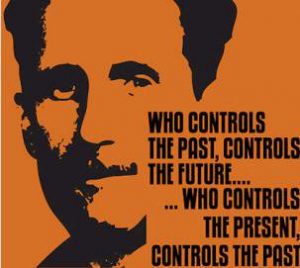
If your students love V as much as mine do then I often let them watch these two extra clips: The 5th of November Overture and *spoiler* the finale scene (note this contains swears) and will also spoil the film for them – so beware!!
One of the best things about nursery rhymes is that they are all pretty gruesome in nature. If they aren’t warding off the plague, they are accusing you of being a witch. The nursery rhyme written for the ‘celebration’ of failed Gunpowder Plot is just as brutal. We study it for ‘historical accuracy’ and rhetorical techniques and then we create our own Gunpowder Plot nursery rhyme. Sometimes we cast Guy Fawkes as the hero. Sometimes a hapless fool deserted by his comrades. Sometimes we write about James and the Lords in Parliament. Occasionally we imagine the horror if it had succeeded. If all else fails – we create a visualization of the original rhyme with lots of gory detail.
Remember, remember the fifth of November,
Gunpowder treason and plot.
We see no reason
Why gunpowder treason
Should ever be forgot!
Guy Fawkes, guy, t’was his intent
To blow up king and parliament.
Three score barrels were laid below
To prove old England’s overthrow.
By god’s mercy he was catch’d
With a darkened lantern and burning match.
So, holler boys, holler boys, Let the bells ring.
Holler boys, holler boys, God save the king.
And what shall we do with him?
Burn him!
Check out this interactive Guy Fawkes game on the BBC History website. Go to the Powder Plot Game here.
If you wanted to get your students debating; brief history and literature into the real world and challenge your students to really think, then this post was for you.

Sign up below to receive regular emails from me jammed packed with ELA teaching tips, tricks and free resources. Also access my free resource library!
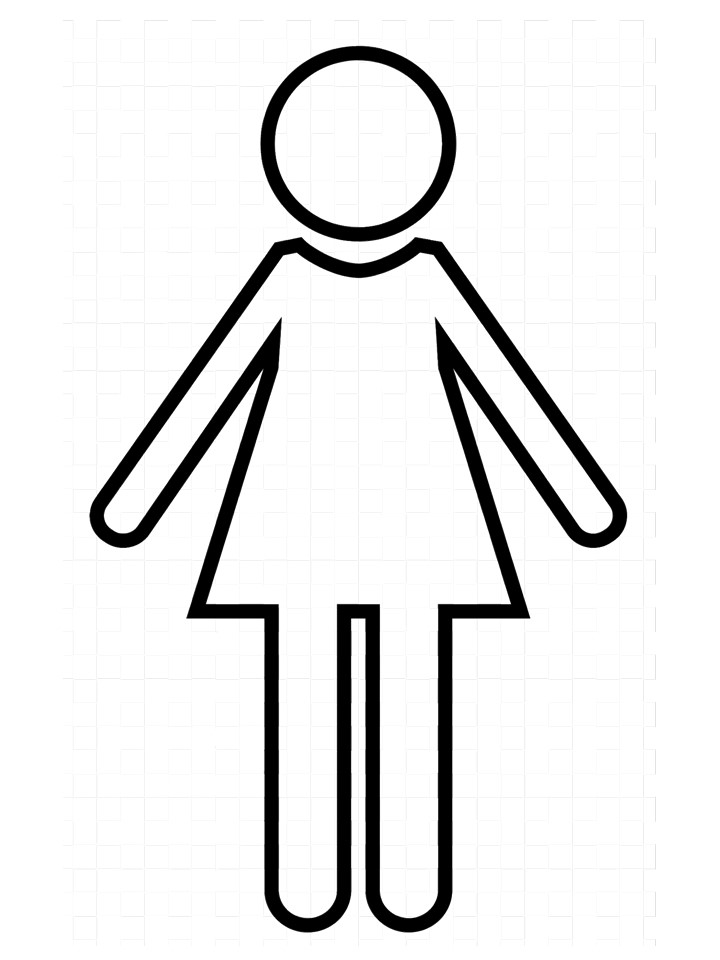
If you are looking for new and creative ways to embed ‘character’ into your curriculum, then this post is for you! In this video, I share 2 ways you can use character in your ELA classroom. Firstly, in creative writing and secondly, in your study of literature.
So enjoy!
And then checkout this >>>DOWNLOAD<<< to help you on your way!
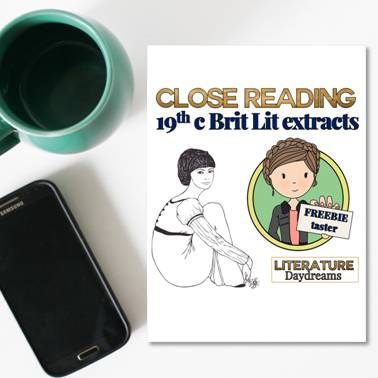
*I send emails with teaching tips, tricks, and free resources to my subscribers regularly. I value your privacy and you can learn more about how I handle your data in our private policy. You can unsubscribe at any time.
Love British Literature?
Access this Austen free resource and a whole lot more!
If you are ready to bring a bit of Brit Lit spark to your classroom - then this Austen resource pack is for you!